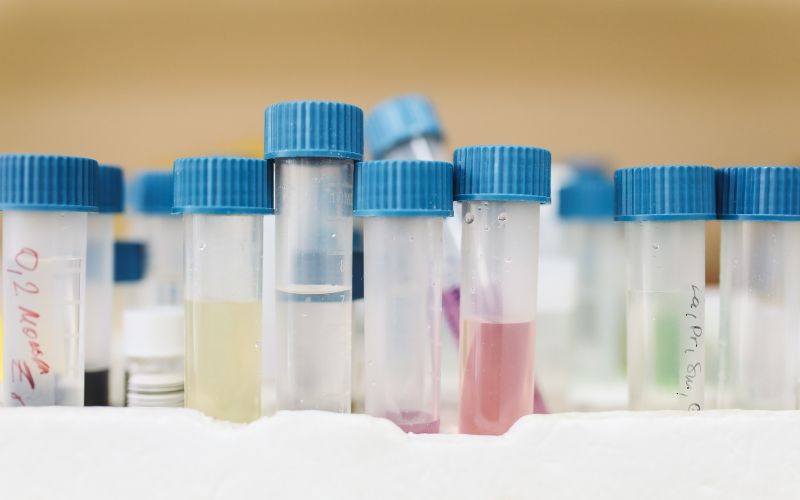Plastics play a pivotal role in modern healthcare, offering numerous benefits in medical devices, packaging, and equipment. From enhancing patient care to improving safety and efficiency in medical settings, plastics have revolutionized healthcare delivery. However, their widespread use also presents challenges related to environmental impact, safety concerns, and sustainability.
Benefits of Plastics in Healthcare
- Medical Devices and Equipment: Plastics are integral to the manufacturing of medical devices such as syringes, catheters, implants, and prosthetics. Their lightweight, durable, and sterile properties contribute to the effectiveness and safety of these critical tools.
- Packaging and Sterile Barrier Systems: Plastics are essential in packaging pharmaceuticals, surgical instruments, and medical supplies. They maintain sterility, protect against contamination, and ensure the integrity of medical products throughout distribution and use.
- Cost-Effectiveness: Plastics are often more cost-effective than alternative materials like metals or glass, making healthcare more affordable and accessible by reducing production costs and transportation expenses.
- Innovation and Customization: Plastics allow for innovation in design and customization of medical devices and equipment to meet specific patient needs and clinical requirements, promoting advancements in medical treatment and patient care.
Challenges and Concerns
- Environmental Impact: Healthcare plastics contribute to plastic waste generation, including single-use items like syringes and packaging materials. Improper disposal can lead to environmental pollution and impact ecosystems, especially in healthcare settings lacking robust recycling infrastructure.
- Safety and Biocompatibility: While plastics are widely used in medical applications, concerns exist regarding potential leaching of harmful chemicals or toxins from certain plastics, affecting patient safety and health outcomes. Biocompatibility testing and adherence to regulatory standards are crucial in mitigating risks.
- Sustainability: Healthcare facilities are increasingly pressured to adopt sustainable practices, including reducing plastic waste and transitioning to eco-friendly alternatives. Balancing infection control and sustainability goals requires innovative solutions and collaboration across the healthcare sector.
- Regulatory Compliance: Compliance with stringent regulatory requirements for medical-grade plastics is essential to ensure product safety, efficacy, and quality. Manufacturers must adhere to standards governing materials, sterilization, and biocompatibility to protect patient health.
Addressing the Future: Innovation and Sustainability
- Bio-Based and Biodegradable Materials: Research and development efforts focus on bio-based plastics derived from renewable sources and biodegradable materials that reduce environmental impact and offer safer disposal options.
- Recycling and Circular Economy: Healthcare facilities are exploring initiatives to enhance recycling programs for medical plastics, promoting circular economy principles and reducing waste sent to landfills or incineration.
- Education and Awareness: Healthcare professionals and consumers play crucial roles in advocating for sustainable practices and understanding the environmental implications of plastic use in healthcare. Education campaigns foster informed decision-making and promote responsible disposal practices.
Conclusion: Striking a Balance
Plastics are indispensable in modern healthcare for their essential roles in medical innovation, safety, and efficiency. However, addressing the environmental and safety challenges associated with their use requires ongoing commitment to sustainability, innovation in materials science, and regulatory diligence. By embracing sustainable practices and advancing technology, the healthcare industry can continue to harness the benefits of plastics while minimizing their impact on public health and the environment.


